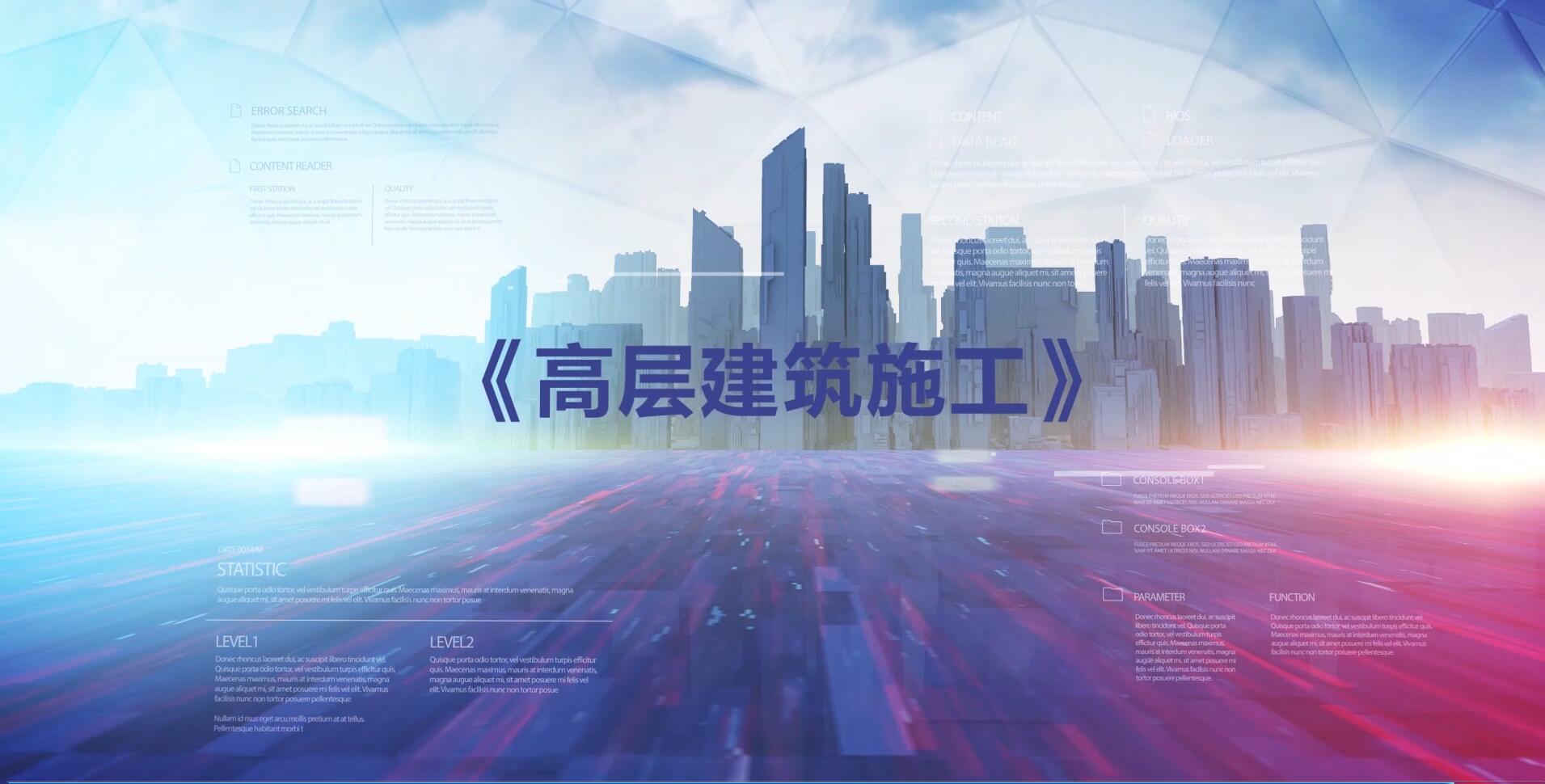
当前课程知识点:Science-based Food Safety Supervision > Chapter 16 New Challenges and Strategies > Discussion questions- new challenges for food safety supervision > Chapter 15 Food Safety Traceability by Dr. Nimal Pathiraja
返回《Science-based Food Safety Supervision》慕课在线视频课程列表
Chapter 15 Food Safety Traceability by Nimal
Welcome to this lecture. This lecture is all about food traceability to respond to safety issues. Let’s look very briefly, what is food traceability? Why traceability is important in assuring food safety.
So what is traceability? Traceability is the ability to track any food, feed, food producing animal or substance that will be used for consumption, through all stages of production, processing and distribution. That is the definition used by the European Union. For example, we need come to Codex Alimentarius. They give slightly different definition; it says that the ability to follow the movement of a food through specified stage(s) of production, processing and distribution. They almost say the same thing in slightly different way.
Why do we need to traceability? Traceability is absolutely an important part in assuring food safety. In other word, if we don’t know from where our food is coming, or where our food is going to, it’s very difficult to assure food safety. It is important to know the source of food. Many certification bodies/schemes require some form of documentation of product and process information. For example, when you say this is organic produce, fair trade food, food miles and so on. We should be able to say that yes this is organic food; this is fair trade food, and so on. Now there are cultural and religious issues, as you know, traceability is important to guarantee certain issues like Halal food. Now World Halal Forum says very clearly, “Traceability will become crucial especially for companies looking to penetrate the sophisticated global market where Halal food is an important aspect.
Supply Chain Management. Supply chain management we already talked about food coming from the entire nature environment, or from the farm to the table we have intended to be enhanced by effective data/information exchange. It can be as electronic; it can be as hard copies and what’s ever. Now what for us to do this one is that this information protocols has to be done in the proper format. In other words, there are many advantages so having this one, consumers expect food to be safe. If not, put responsibility and blame on product and the product exporting country. So the exporting country will see whether it is produced within the country. One of the simplest ways to find out where the problem, where it has gone wrong, we should be able to trace back to the source. What is more information on their food today? Most of the foods consumers want to know including where is the food came from. For example, can you distinguish the brands very well and so on?
Many countries set different legislation in relation to food traceability. Many food authorities have legislations to cover. For example, the European Union regulations says very clearly, all food and feed and all food and feed business operators must have this information: One step back and one step forward, in another words, everybody should be able to tell from where did you get this food from where this food is going to. And the protection of consumers and food safety are important. That is why this is important. And then the targeted is withdrawal of foods. Now if you know that certain food item is banned, if you don’t know the source, we have to withdrawal all of the food. But if you know the source, then we only have to withdrawal the food only from the particular source which has something is going wrong. And consumers provided with targeted and accurate information on implicated products. But we can only give that information to the consumer if we know where it came from.
Now codex guidelines are very clear, it says principles for traceability and product tracing as a tool within a food inspection and certification system. One of a number of tools that may be used within a food inspection /certification system; Importers should consider that food safety equivalence, that is another thing, should not be mandatory for exporting country to replicate the importing country’s traceability tool. For example, as long as we have the traceability, that is one step back and one step forward, that should be enough. But many other countries may go beyond that one. What it means is that when we have the traceability we can protect the consumers against deceptive marketing practices as well. So that is why traceability is not only that one.
Now see these are some of the food that we recalled in 2006 by many countries. As you can see from this diagram, it can vary from meat, milk, fruits, and vegetables and so on. Now certain production traceability may be difficult, but it has to be done. Let’s look at few examples, we have the dioxin problem in 2008, we have the certain meat problem in USA, for the top meat problem. And all these cases, some cases were meat to contaminated, coming from another country, in this case it is United States, they imported some peppers, and then the peppers were contaminated with Salmonella. There are other countries, for example, we know the Spanish incident where E. coli was found in many other countries and melamine incident and so on. All these things what we need is traceability, if we know the traceability; we can only recall and destroy the affected product. If we don’t know the traceability, we have to recall everything and then we have to destroy everything in relation to this product. For example, if we knew that when the peppers, the people who ate peppers had problem in United States and the peppers came from Mexico, they could only return the pepper that came from Mexico, but if we don’t know where it is from, we have to destroy everything.
So effective traceability is dependent on various factors, for example, epidemiology, identification of the food or component to be traced, availability of data whether is “real time” or not, and complexity of supply chains. Today the supply chain is extremely complex, we import from all over the world, if we don’t know the supply chain, it will not be easy to trace them back and then recall them. So the traceability is important even in food poisoning investigations. When there are food poisoning cases, if we know that the food has come from a certain source, it will be very easy to trace it back to the place. For example, when they track the food item known as a poisoning case, it is very easy to take it back. Today, it’s very common for us to have food poisoning due to bivalves, eating bivalves like oysters and so on. If we imported oysters from several raw sources, if we don’t know the source, then we will have to implicate all the bivalves in this one, but if we know the source, then we can simply withdrawal and destroy only the one that coming from particular source. Why traceability and safety? Traceability we have already discussed, traceability is a way of responding to potential risks that can arise in food and feed, to ensure that all food products are safe for consumers to eat. Now there are many incidents, now the safety is not only come from microbiological sources, it can come from chemical. For example, certain food items may contain certain chemical like pesticides in high amount, but if we know, the source, if we can trace the food and see then they are only going to withdrawal only that source of food, not everything. Now in the past, we have many crises such as dioxin crisis, BSE crisis, for all these cases what we need is traceability, now the traceability is not easy. If the country doesn’t have the regulation, particularly when we are importing food from numbers of country. Now, one of the things we have to traceability is important is that when there are very large food incident cases happened in the large countries, like in USA, if we know the traceability, we can always go back the source and trace from the place where the food was produced. And where it has gone into different states and so on. This is where we need DNA technology and various other things like PulseNet to looking to this kind of thing. PulseNet is a system where we use certain kind of traceability system, so what is traceability into the day not only improves food safety, but also save money for the food industry by reducing unwanted food recalls, among other things. When we don’t know the traceability, we have to recall every food item, relating to that one. When we know the traceability, we only have to recall only the food item that is relating to that one. It can help find out source of problem or food items found food surveillance, food surveys, food incident or poisoning investigations food complaints by consumers, food fraud and food authenticity issues, there many situations we can use that.
Thank you very much.
返回《Science-based Food Safety Supervision》慕课在线视频列表
-Chapter 1 Course Introduction by Dr Tang
-Discussion questions-case study
-Chapter 2 Food and Food Requirements by Dr. Tang
-Multiple choice questions- choose one from four to five
-Chapter 3 Food Safety and Food Defense by Dr. Tang
-Multiple choice questions- choose one from four to five
-Chapter 4 Hazards from Emerging Pathogens By Dr. Nimal Pathiraja
-Multiple choice questions -choose one from four to six
-Chapter 5 Zoonoses By Dr. Nimal Pathiraja
-Topic discussion-zoonose and animal drug residues
-Chapter 6 Pesticides and Residues by Dr. William Riley
-True or false questions
-Chapter 7 Mycotoxins by Dr. William Riley
-True or false questions
-Chapter 8 Biofilm and Food Safety by Dr. Tang
-Multiple choice questions-choose one from four to six
-Chapter 9 Processing -Induced Hazard-Acrylmide by Dr. Tang
-True or false questions
-Chapter 10 Oxidative Hazards- MDA by Dr. Tang
-Topic discussion-oxidative hazards in meat products
-Chapter 11 Traditional Detection Methods for Food Safety by Dr. Jerry Teng
-Multiple choice questions -choose one from four
-Chapter 12 Contemporary Detection Method-Biosensor for Food Safety by Dr. Jerry Teng
-True or false questions
-Chapter 13 FATTOM and Hurdle Technology for Food Safety Control by Dr. Tang
-Multiple choice questions-choose one from four to five
-Chapter 14 Food Poisoning and Emergency Response by Dr. Nimal Pathiraja
-Multiple choice questions-choose one from four to six
-Chapter 15 Food Safety Traceability by Dr. Nimal Pathiraja
-Multiple choice questions-choose one from four to five.
-Chapter 16 New Challenges for Food Safety by Dr. Tang
-Discussion questions- new challenges for food safety supervision

